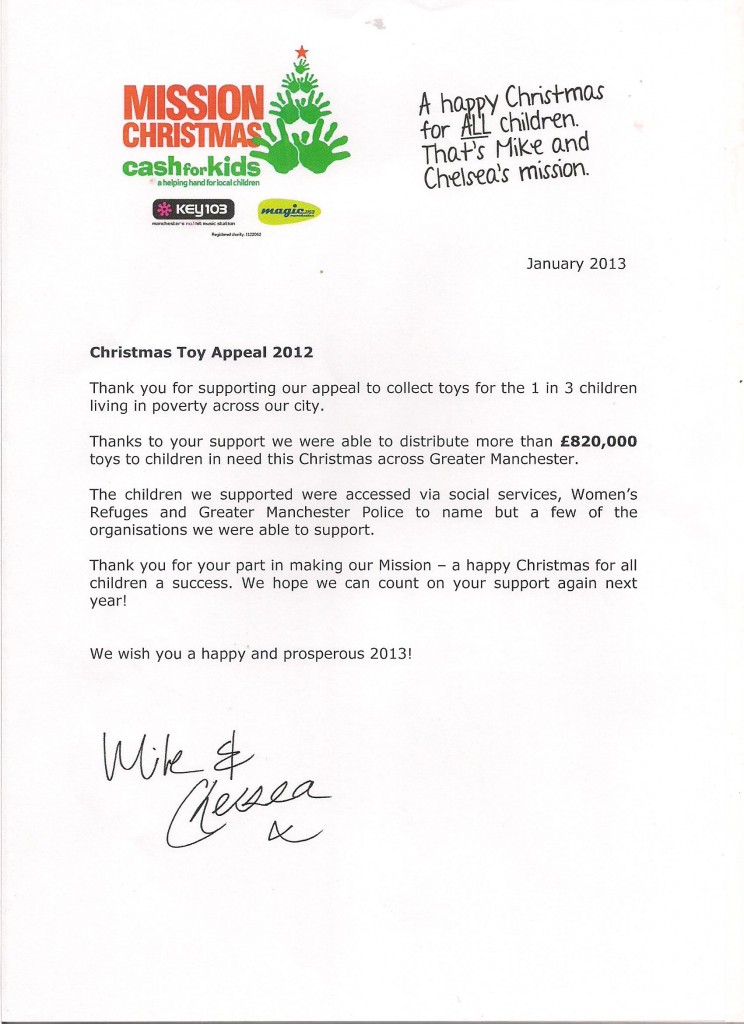Now before you wonder why I’m asking this question, there is a legitimate reason behind this. 
Let me give you an example. fishingnetsonline.co.uk has previously been owned and used by a spammer. It’s had thousands of spammy links sent to it, had a keyword density in double figures and meta descriptions as long as my arm. It ranks ok but it’s getting to the point where more is going in than coming out for the Spammer, so to squeeze as much as they can out the domain they then decide to sell it.
Along comes Bob. Bob’s your average guy who owns a fishing net shop and doesn’t have a website. It’s coming into fishing season and Bob decides the times is right to finally get online. To him, fishingnetsonline.co.uk is the perfect website for him. It ranks ok, it’s already been registered and established online, all he needs is a new website on it and he’s ready to catch some interest.
His site has been live a week and everything is ok but then he get’s a Webmaster Tools notification. His site is violating Google’s quality guidelines in spectacular fashion, which leaves Bob thinking “Well this isn’t fair, I’ve got a new website and have no affiliation with the old website or it’s previous actions. Now I’m out of pocket having bought the domain (for a steep rate I must add), a new website, hosting and I’m hemorrhaging money because the site I’ve put together is nowhere with no rankings”.
So, can poor old Bob rescue his website and his money? The answer is yes, but in theory.
There are two types of penalties that Google can hand out to sites that are spamming. Manual penalties, when a member of Google’s Webspam team decide that you’re a spammer and apply a penalty, and Algorithmic penalties, when Google’s algorithm applies a penalty based on crawl stats.
Now you can clean up your site, remove all outbound spammy links, edit your content to regular keyword densities, create genuine quality content on your blog and submit a reconsideration request to Google. The Webspam Team will see this and remove any manual penalties in place. However, everytime the algorithm crawls your site it can still see the rafts of spammy inbound links to your site that are currently hindering your rankings.
Google does offer a solution by way of the disavow tool. This entails analysing every link to your site that you can find, uploading them to a spreadsheet and adding this to your Google Webmaster tools account so that the algorithm can read it. This process however is not instantaneous and far from thorough.
My advice would be to check any used domain that you’re thinking of buying. Put it into ahrefs.com or opensiteexplorer.org to see whether there is a history of spammy links to it. These are free resources to use and very user friendly however if you are uncomfortable or not very handy with the internet then enlist the help of a friend who is.
I’d also advise, if you are a new business or getting your first website then consider a brand new domain.
Posted by Greg McVey



